See Anemones, Not Sea Anemones!
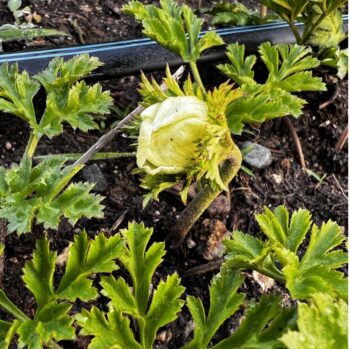
Last summer I had placed an order for Galilee White Anemones, as well as other varieties, to arrive in January. Unfortunately, I was informed in the fall that the location where the corms are farmed in Israel had experienced a drought that decimated a good sized portion of the crop. Without question, I was saddened that I wouldn’t get to grow these flowers. My own disappointment paled in comparison to the challenges faced by these farmers and my heart went out to them, knowing the tremendous dedication and hard work that goes into producing something from the land. It was a poignant reminder of the profound connection we share with the natural world and the unpredictable nature of our endeavors.
By a stroke of luck that winter, some became available and I placed another order immediately.
Which leads us to today when I was foliar feeding the little plants and I see the humped over shape of anemone flowers on the top of the their bed, very much resembling a small child in their nightgown, waking from a night of sleep.
This is great news for you, dear reader. It means that soon enough, you will be getting to share in the wonder and delight of these sweet little panda-faced darlings as well.
~Cheers


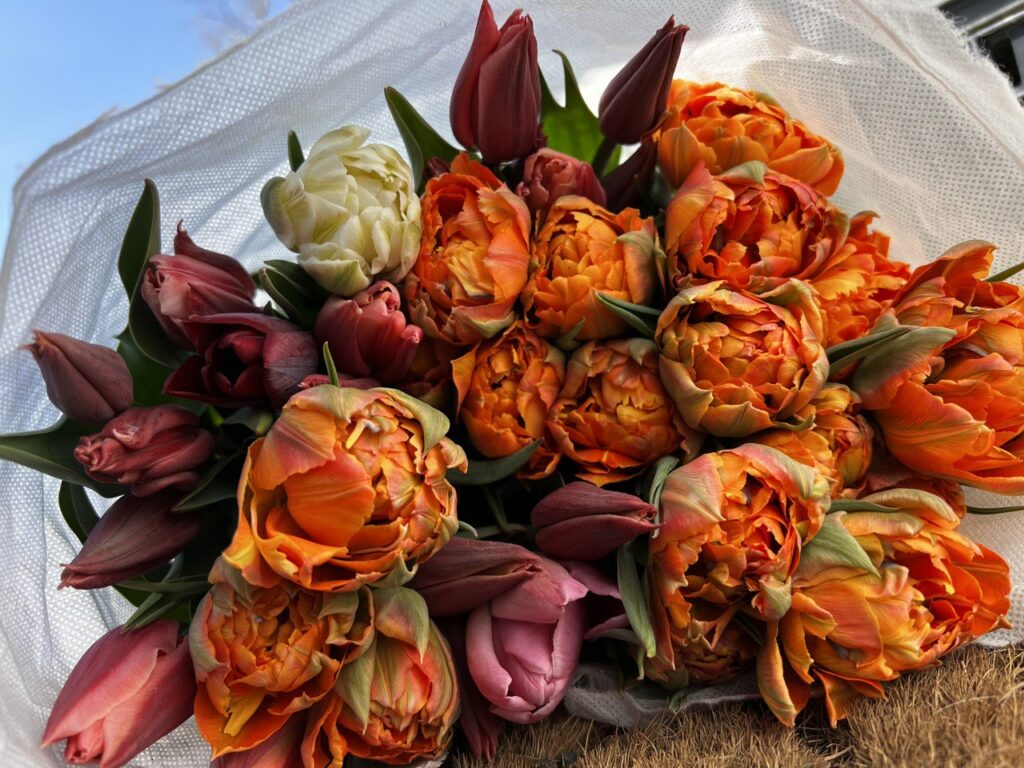
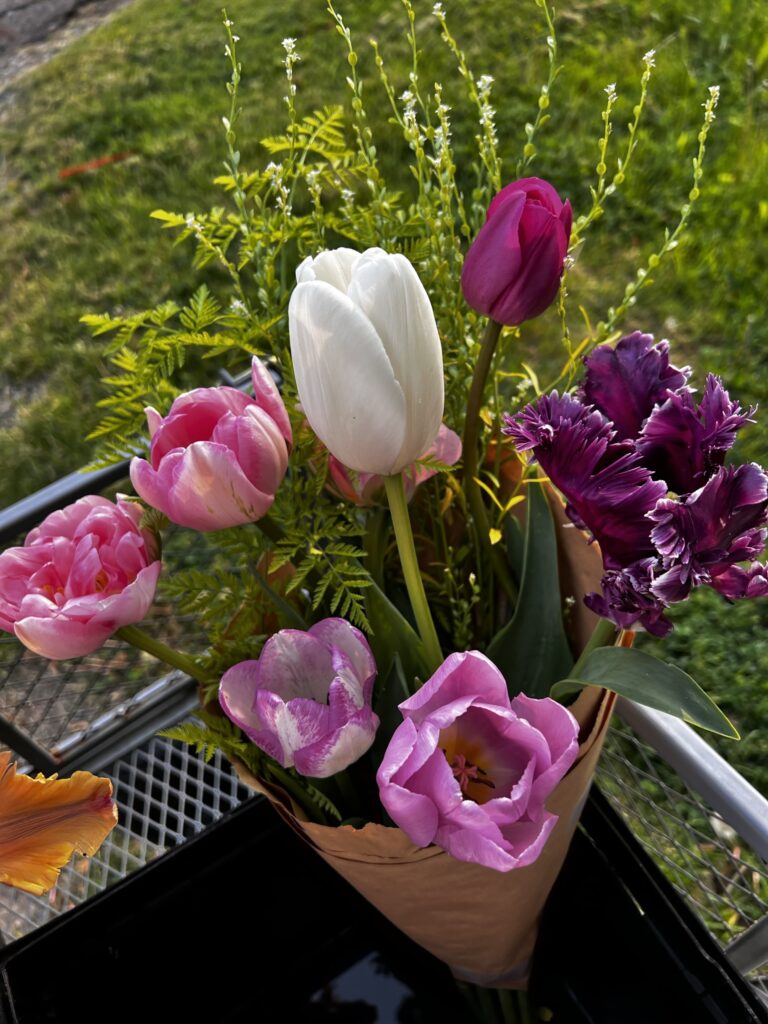

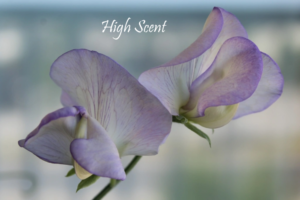
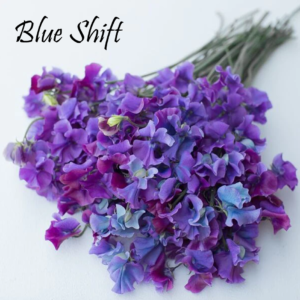
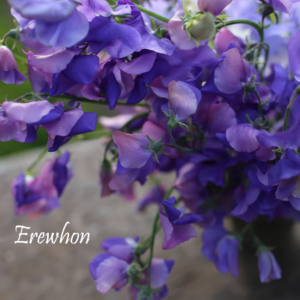
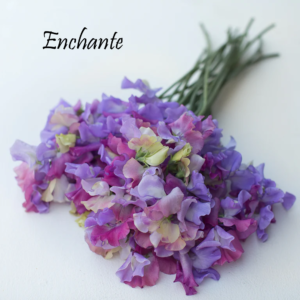
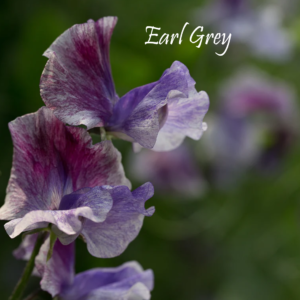
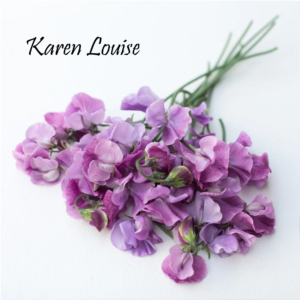
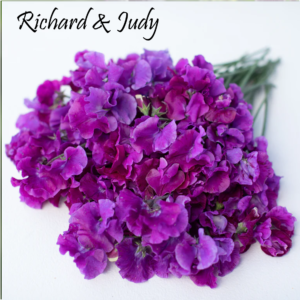
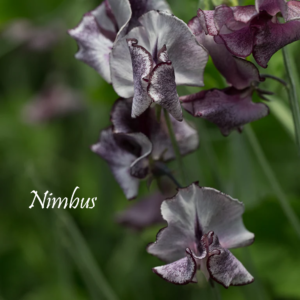
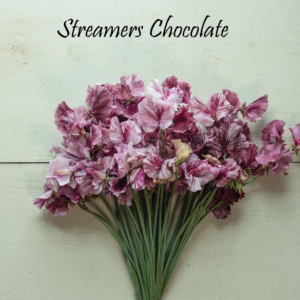
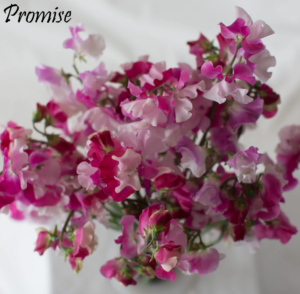
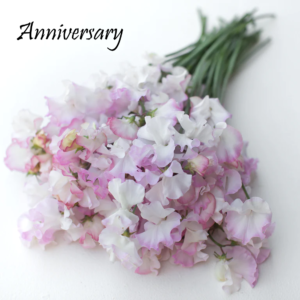
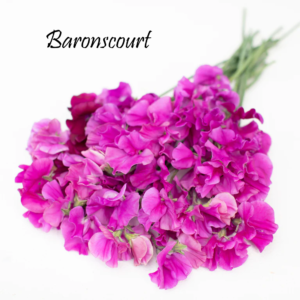
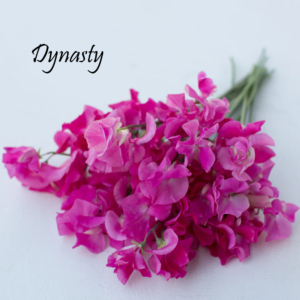
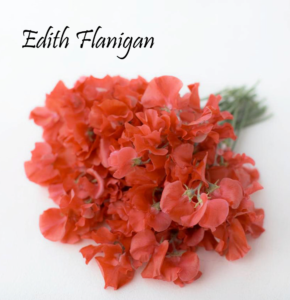
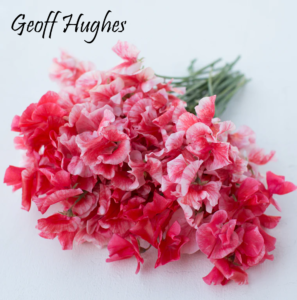
 I’ve taken over the kitchen with seedling soil and the basement with pink lights, heat pads, and freshly sown seeds of hardy annuals. I bargain with my family for the soil blocker and trays to stay on the countertop, so that they are there to set a tray of seeds if I have a few minutes.
I’ve taken over the kitchen with seedling soil and the basement with pink lights, heat pads, and freshly sown seeds of hardy annuals. I bargain with my family for the soil blocker and trays to stay on the countertop, so that they are there to set a tray of seeds if I have a few minutes. 